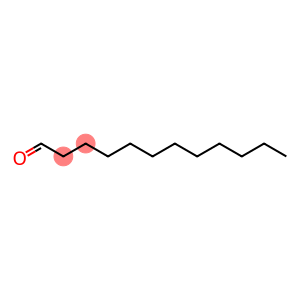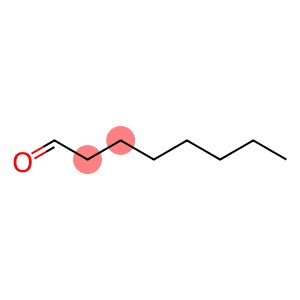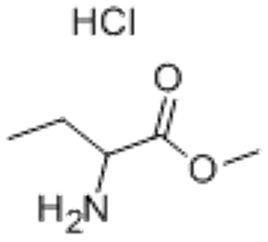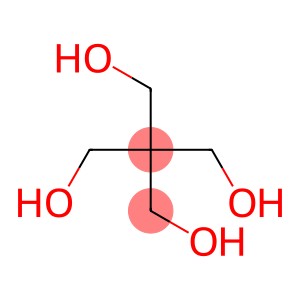Dodecyl aldehyde(CAS#112-54-9)
Risk and Safety
| Risk Codes | R36/37/38 – Irritating to eyes, respiratory system and skin. R51/53 – Toxic to aquatic organisms, may cause long-term adverse effects in the aquatic environment. R38 – Irritating to the skin |
| Safety Description | S26 – In case of contact with eyes, rinse immediately with plenty of water and seek medical advice. S36 – Wear suitable protective clothing. S61 – Avoid release to the environment. Refer to special instructions / safety data sheets. S37 – Wear suitable gloves. S29 – Do not empty into drains. |
| UN IDs | UN 3082 9 / PGIII |
| WGK Germany | 2 |
| RTECS | JR1910000 |
| FLUKA BRAND F CODES | 10-23 |
| TSCA | Yes |
| HS Code | 29121900 |
| Hazard Note | Irritant |
| Toxicity | LD50 orally in Rabbit: 23000 mg/kg |
Reference Information
| roperties | lauraldehyde, also known as doylaldehyde, is colorless and transparent oily liquid or leaf-like crystals, which are oxidized to form lauric acid. Nature exists in essential oils such as lemon oil, lime oil and rue oil. |
| application | lauraldehyde has the flavor of aldehyde and grease. With sweet floral and citrus aromas. It can be used in small amounts in floral daily flavors such as lily of the valley, orange blossom, violet, etc. Among the edible flavors, banana, citrus, mixed fruit and other fruit flavors can be prepared. |
| content analysis | determined by non-polar column method in gas chromatography (GT-10-4). |
| toxicity | ADI 1 mg/kg((3E)). LD50 23000 mg/kg (rat, oral). |
| usage limit | FEMA(mg/kg): soft drink 0.93; Cold drink 1.5; Candy 2.4; Baked food 2.8; Pudding 0.10; Gum candy 0.20~110. Moderate limit (FDA 172.515,2000). |
| use | GB 2760-1996 stipulates that it is temporarily allowed to use edible spices. Mainly used to prepare cream, caramel, honey, bananas, lemons and other citrus and mixed fruit flavors. Dylaldehyde is an intermediate and spice in organic synthesis. When diluted, it has a strong and long-lasting aroma like violet, which can be used in jasmine, moonshine, lily of the valley and violet flavors. |
| Production method | It is prepared by the oxidation of decanediol and the reduction of dodecanoic acid. The reduction of dodecyl acid to dodecyl aldehyde is carried out at 250-330°C in the presence of formic acid and methanol. The reduction product is separated from acid water, washed with water, and the dodecylaldehyde is separated by reduced pressure distillation. The reduction reaction requires titanium dioxide or manganese carbonate as a catalyst. Manganese carbonate is obtained by the reaction of sulfuric acid and sodium carbonate. It is oxidized by lauryl alcohol. Or lauric acid reduced. |
Write your message here and send it to us








